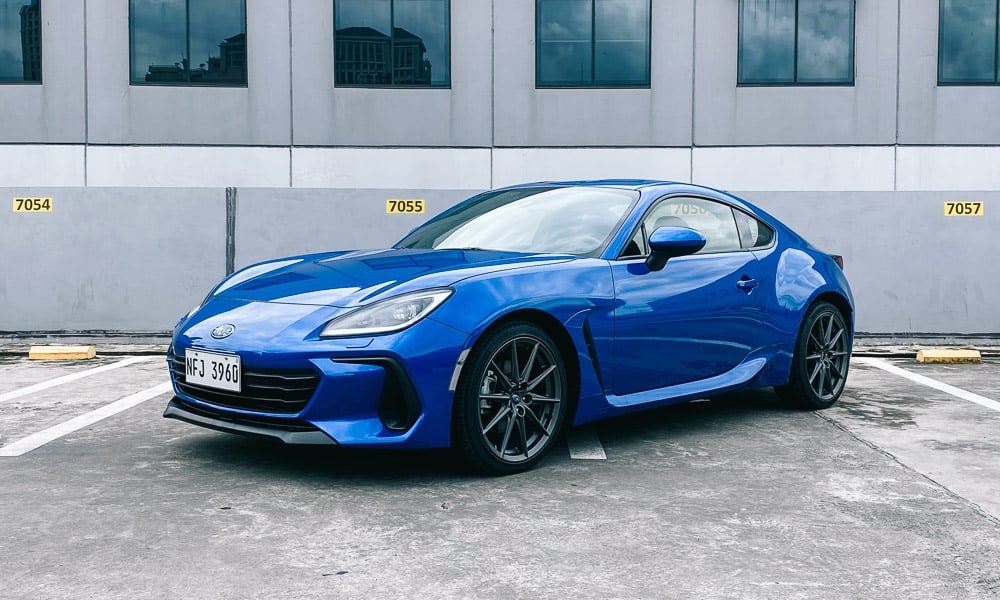
I love the Subaru BRZ. I’ve been wanting one ever since it was launched 10 years ago—my love for this rear-wheel-drive sports coupe validated by numerous times behind the wheel.
Everything made sense, including the uncomplicated exterior and profile, down to the overall size—small but not cramped, still very usable on a daily basis. The 200hp mark was ample, just the right amount to find the car’s and your limit. I feel this is a good benchmark for the next generation, evolving with just minor improvements.
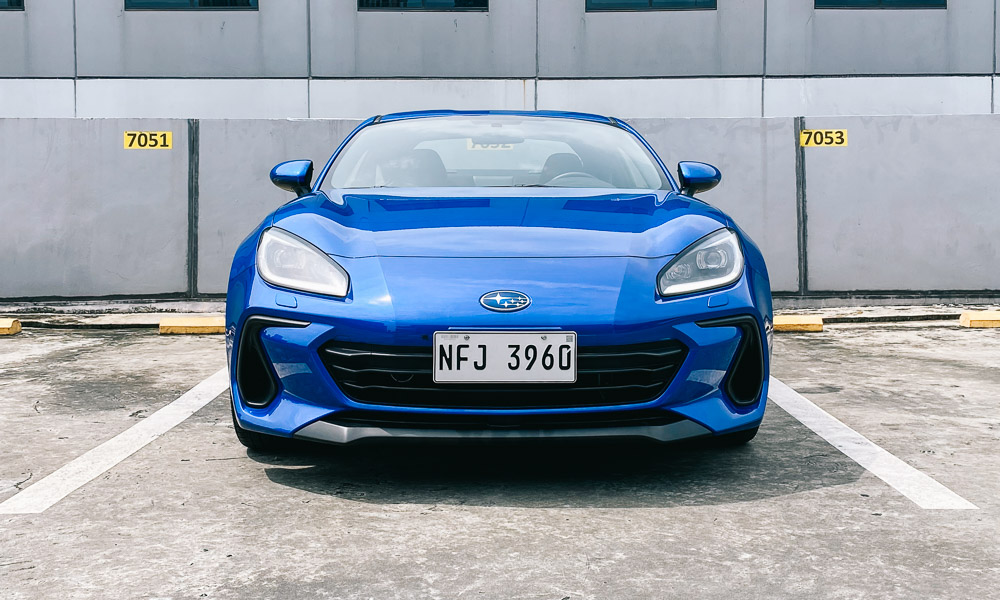
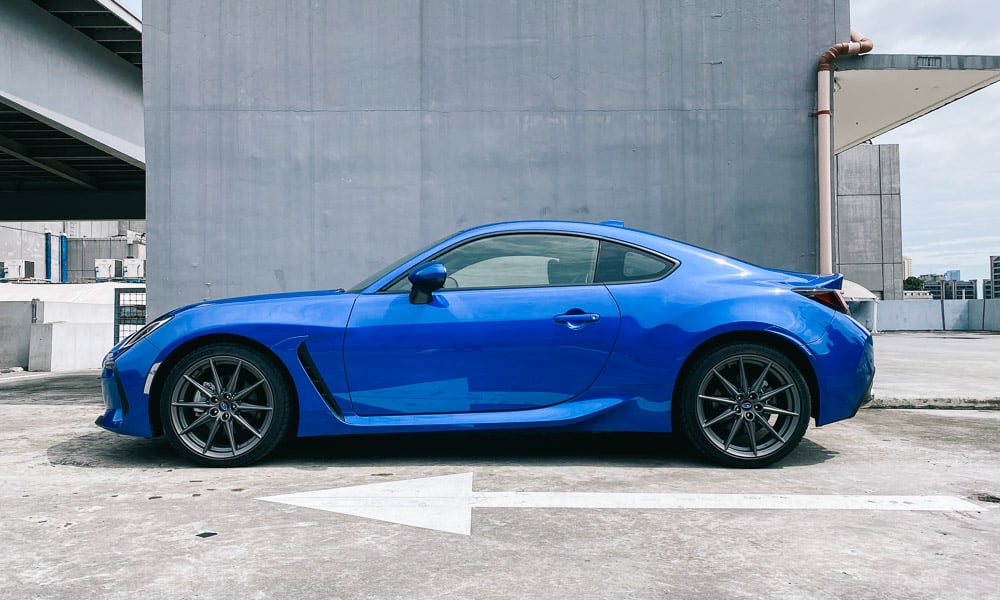
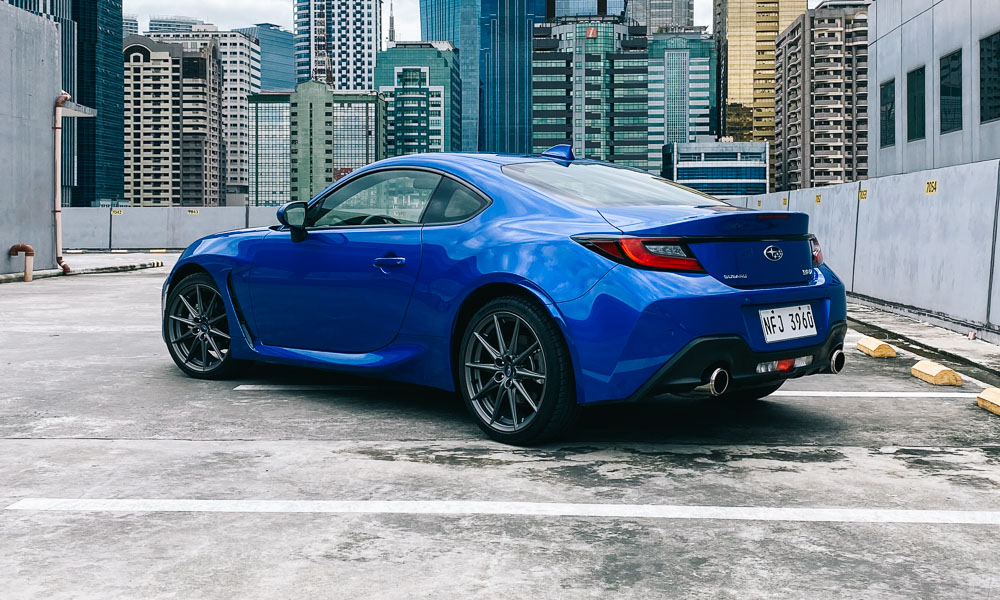
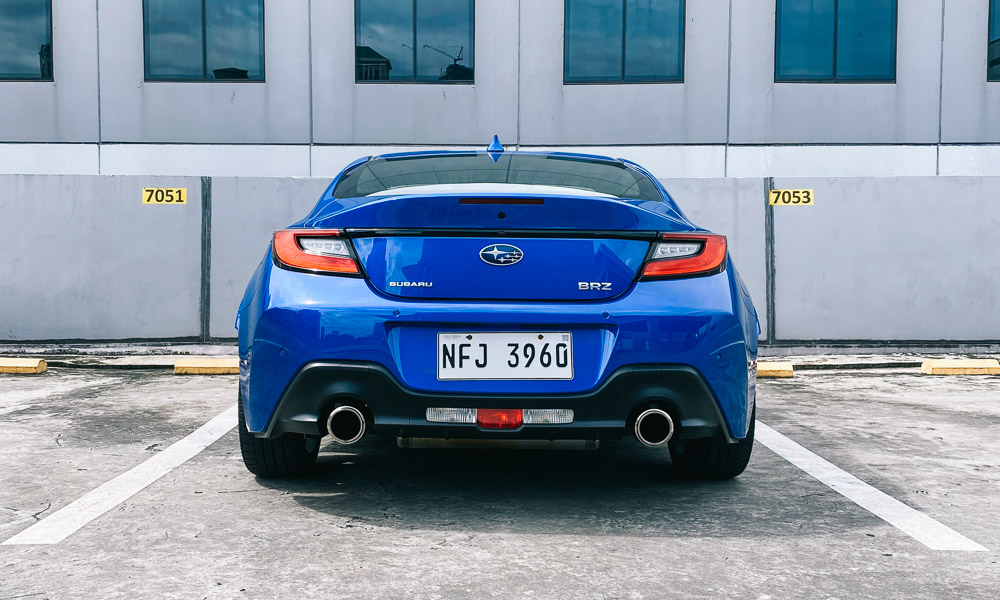
Understandably, I was anxious with how the new BRZ would look, hoping it would still look as close as possible to the first one. Mixed feelings, to say the least, upon seeing it on Subaru USA’s Instagram account. I found the overall design to be generic, with manufacturers opting for that squarish design you see on sports cars these days. I particularly found it difficult to accept the rear, with the 2013 Honda Accord Coupe coming to mind with a touch of Aston Martin.
On a positive note, I’m glad the profile has been retained, which can give the BRZ (along with its Toyota twin) a distinct look, much like its closest rival, the Mazda Miata. As I stared at it more, the new BRZ seemed to be growing on me slowly, or more like acceptance, perhaps? I needed to see this thing in the metal.
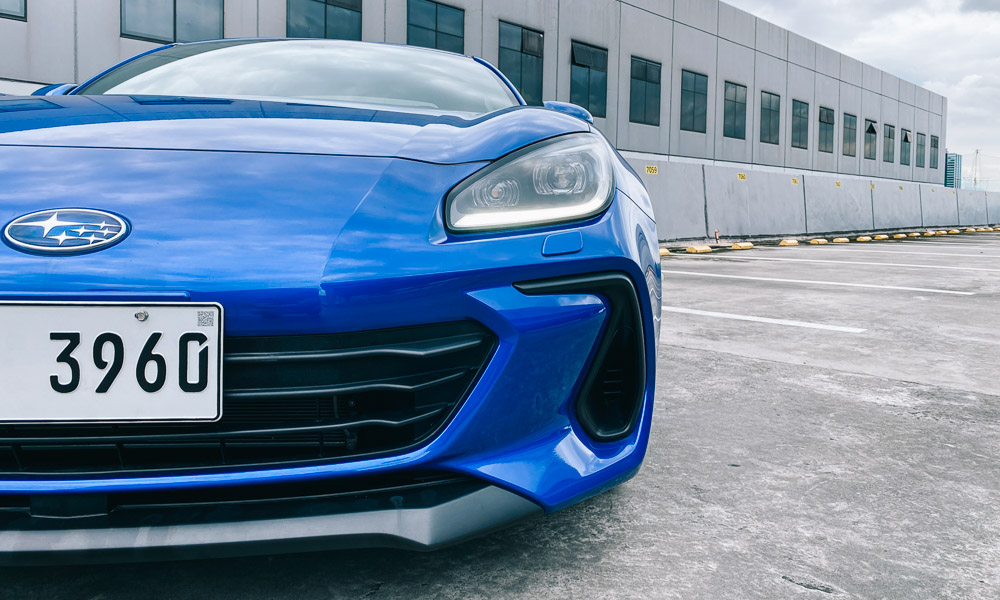
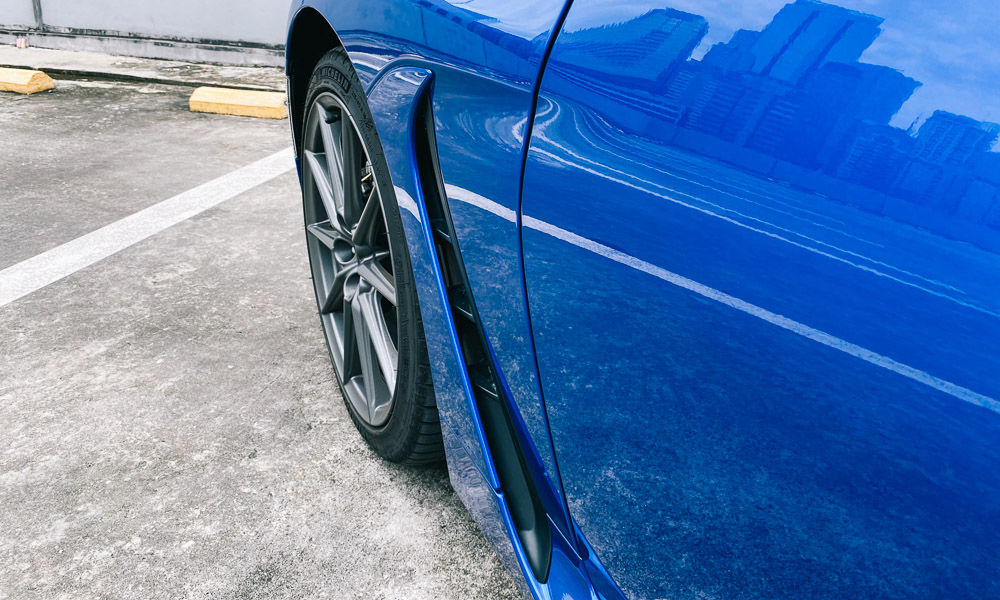
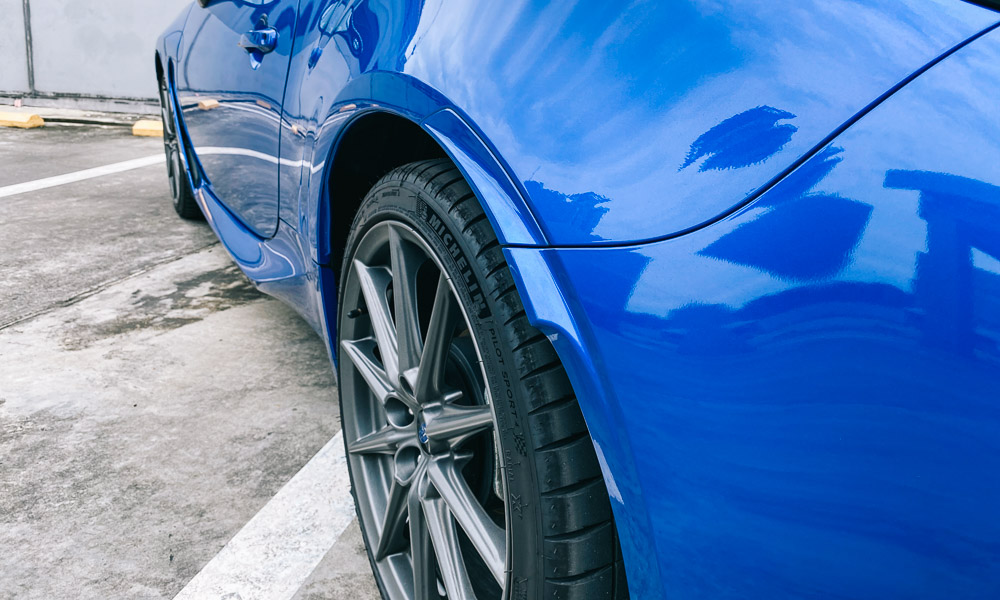
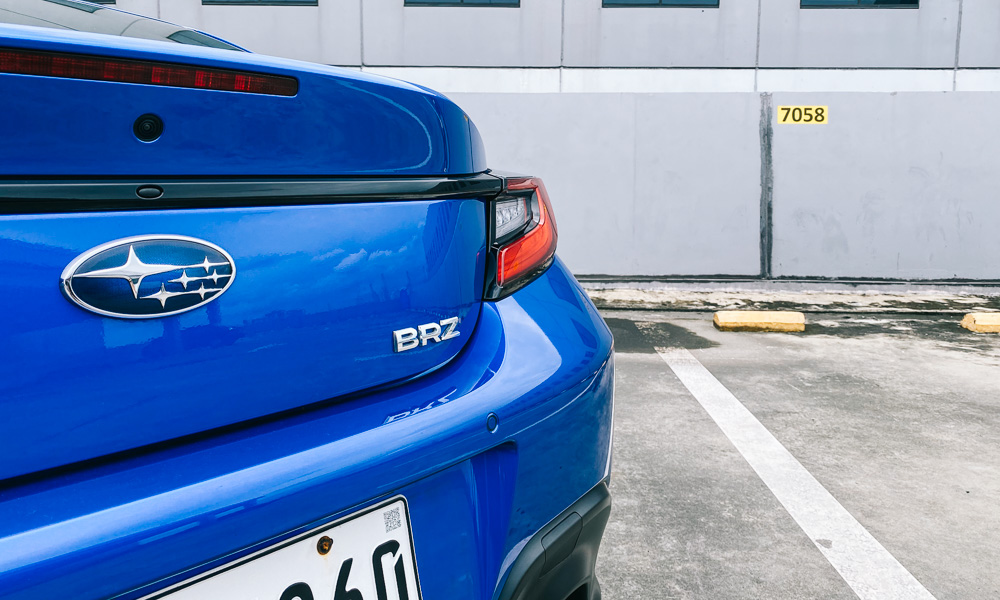
Seeing the BRZ at the Manila International Auto Show last April revealed otherwise. Thankfully, it sports the same profile with similar dimensions. The details are also best appreciated up close—front-fender fairings (which reduce pressure in the wheel arches), wider sills, and rear wheel arch side diffusers. As for the rear end, the license plate area has been transferred to the bumper to make way for a rear camera and a trunk-lid button, as well as suggesting that weight has been moved downward as a consequence.
The upward edge of the trunk gives the impression of a ducktail spoiler, which is a nice touch. The details go together, and I have to say I’m appreciating the new look. The BRZ now rides on 18-inch Michelin Pilot Sport wheels, an unsurprising update from the 17-inch Michelin Primacy tires. But what about performance? Will the car feel heavier?
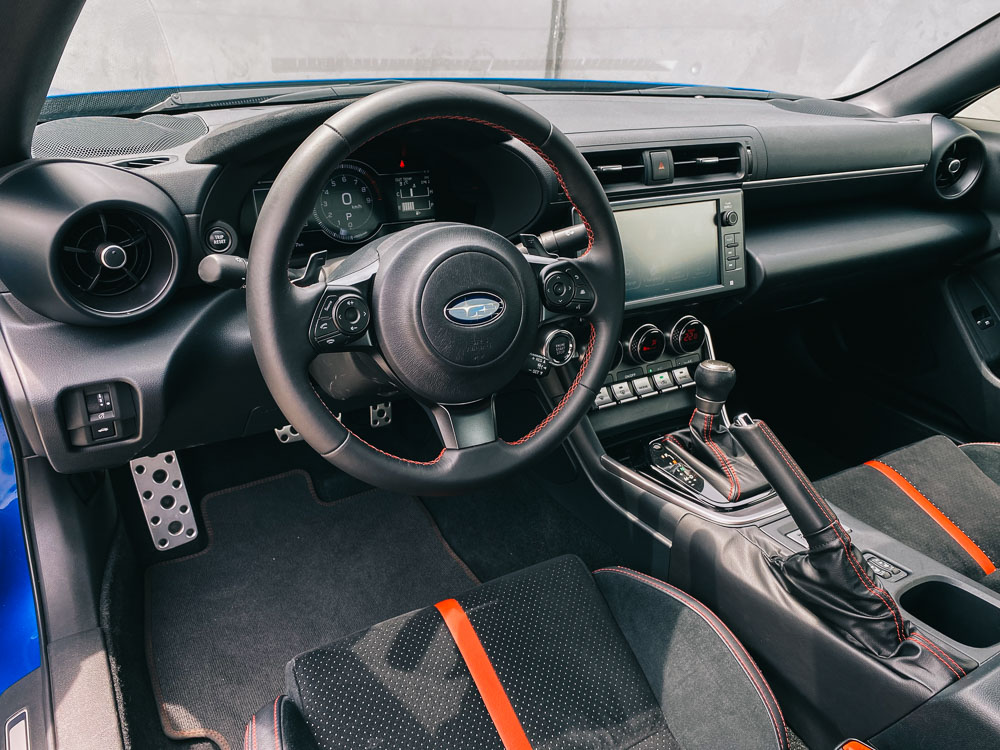
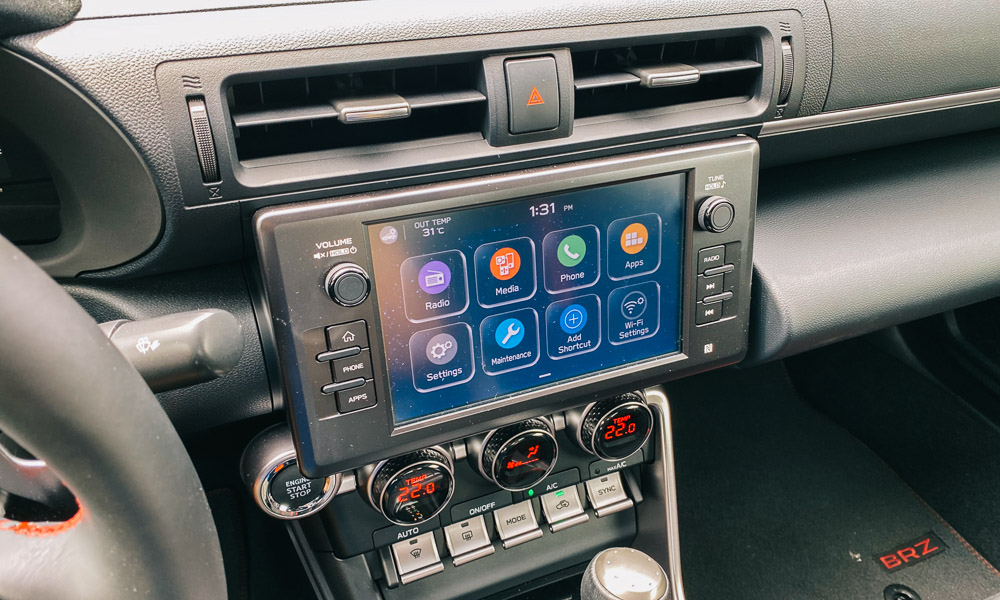
Inside, the obvious changes are the digital gauge cluster and the eight-inch touchscreen with Apple CarPlay and Android Auto. The rest of the interior has that now familiar feel and look, with rotary knobs, leather/fabric buckets, and red stitching and accents.
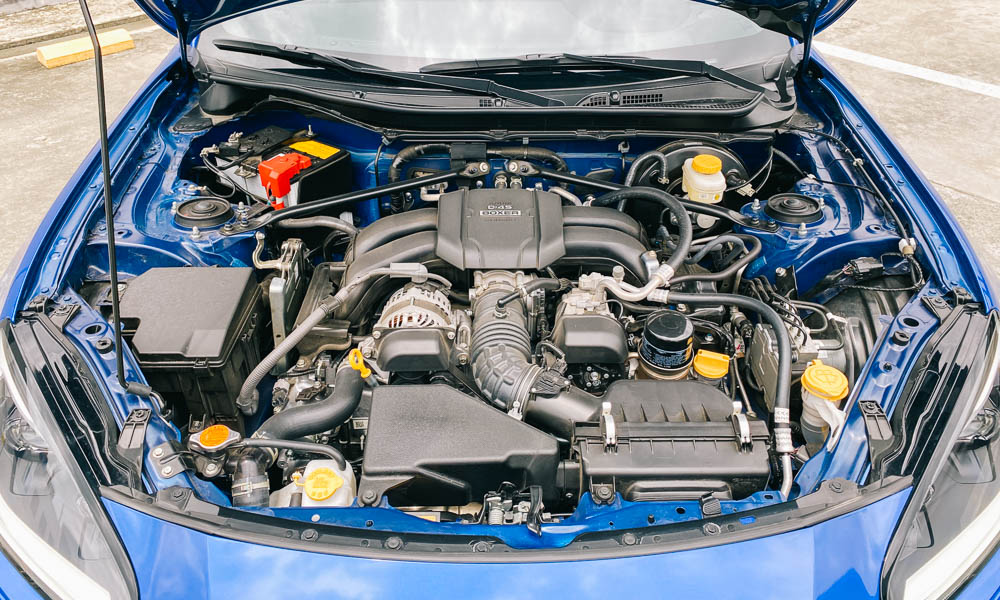
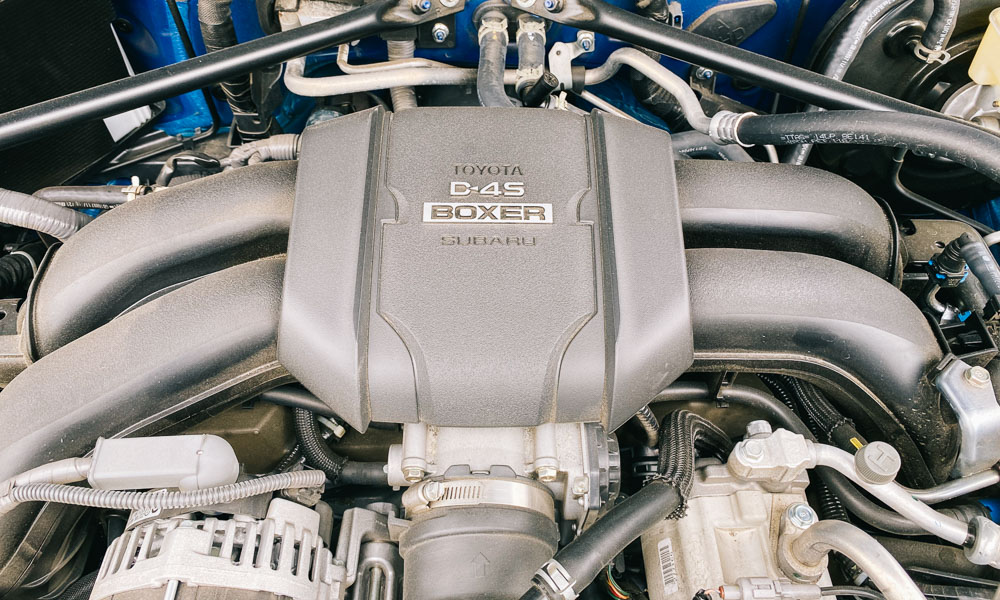
Under the hood is where the most significant change lies—a 2.4-liter boxer engine with an output of 234hp and 250Nm, up from the 2.0-liter with 197hp and 205Nm. With a short visit to Manila, I was granted 24 hours with this automatic demo. I was hoping for the manual to experience the reported improvements firsthand: the smoother gear throw and the disappearance of the midrange torque dip (between 4,000rpm and 6,000rpm). I was told that the allocated manual unit had been sold. So automatic it was.
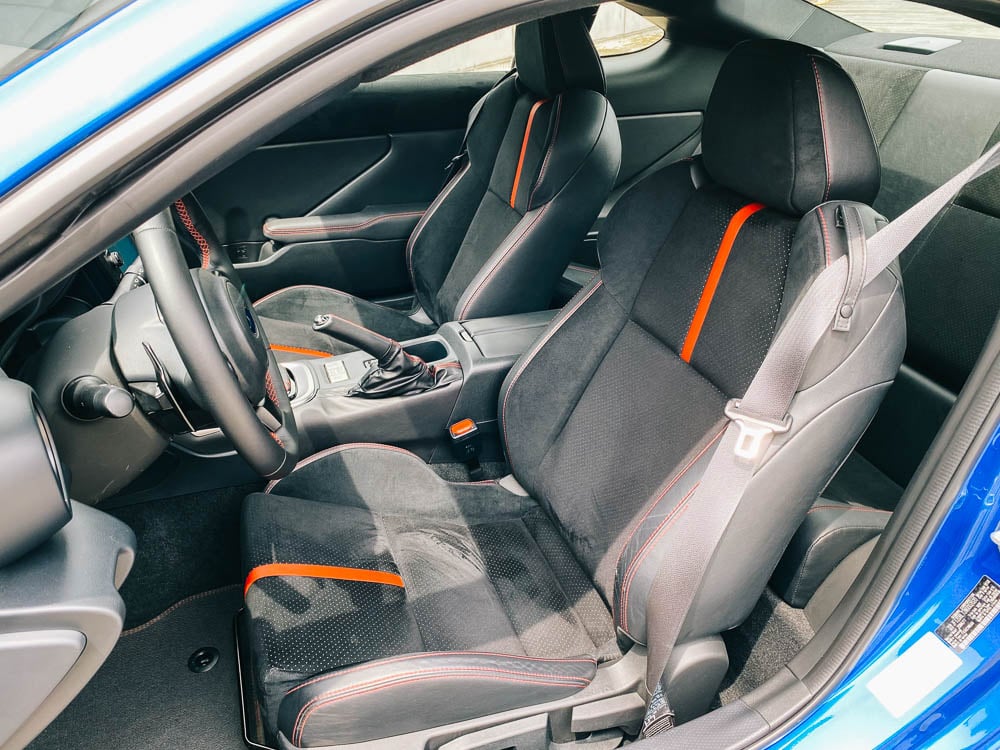
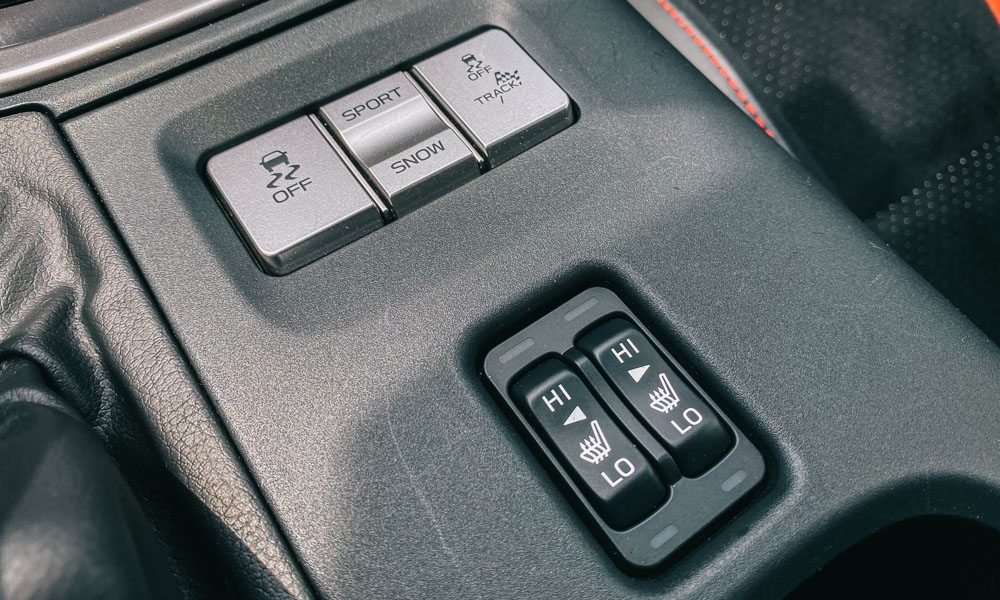
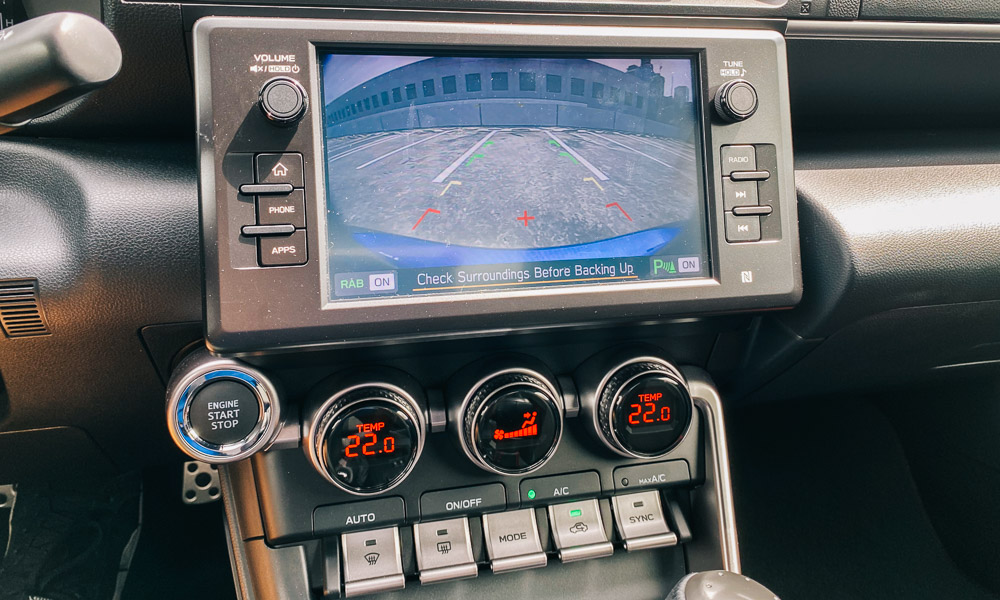
As I sat behind the wheel, it still felt very much like the first gen, finding my driving position like the back of my hand. Apart from the G-meter, the power and torque meter should make the time behind the wheel more interesting. Before heading out, I familiarized myself quickly with the infotainment. It has to be said that the sound quality is so much better.
This variant comes with EyeSight, Subaru’s safety tech that features adaptive cruise control, lane-departure warning, as well as pre-collision braking. Frankly, I wish it didn’t to keep this sports car as basic as could be. You can turn off the system via the steering-wheel control or the touchscreen.
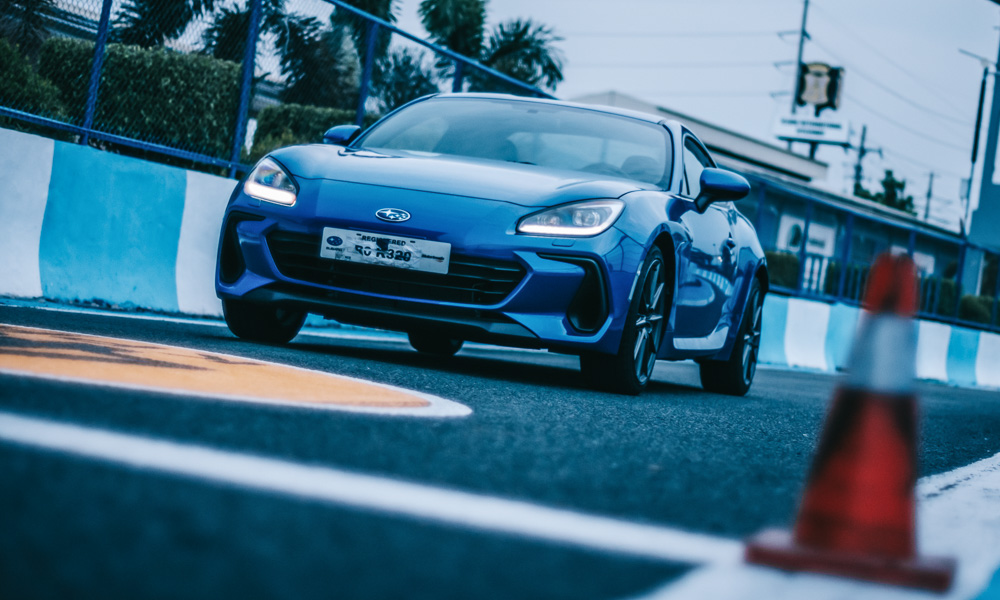
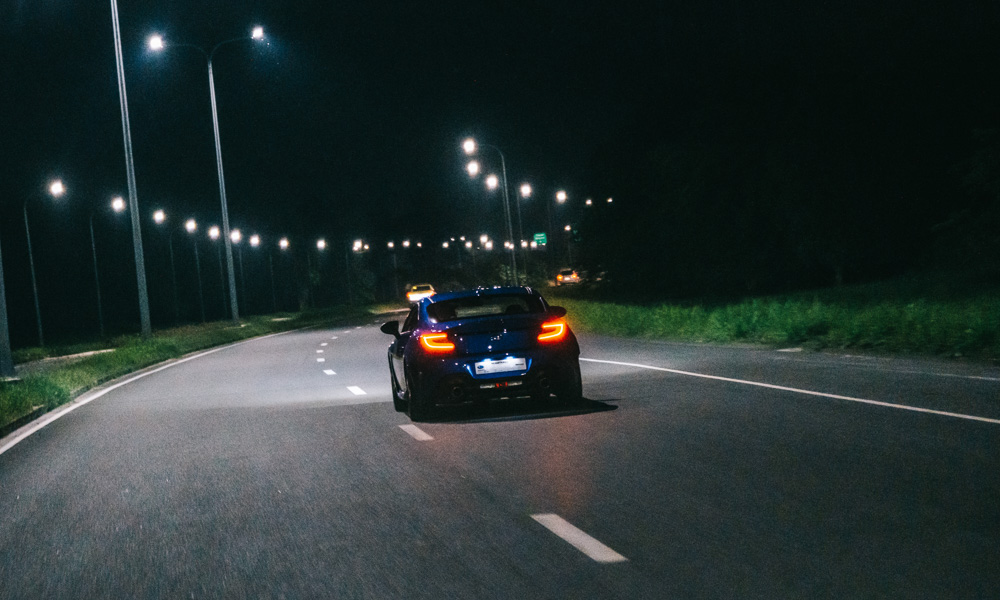
On to the more important stuff. With time ticking away, I headed south to the Nuvali area after dinner. While I’d rather have a manual, the automatic is a good proposition, and you can’t deny that. The rev band was so linear that said torque dip was a no show. The bigger engine also had a deeper note. I switched to Sport mode whenever I could for a more aggressive feel and higher revs.
Despite being on Michelin Pilot Sport rubber, it’s still easy to get the rear to slide. Compared to the Michelin Primacy on the first gen, there is noticeable road noise, but not bothersome. Driving dynamics felt so similar that I actually forgot that the car was on 18s now. With a more rigid chassis and tweaked suspension, the BRZ improves on handling and comfort.
As an enthusiast and journalist, two cars stand out in terms of my preference: the Porsche 911 and the Subaru BRZ. Coincidentally, both boxers. Admittedly, a Porsche is out of reach. As for the BRZ, it comes close to what the former offers, with a price tag within reach. Like the first gen, the new BRZ is high on my list.

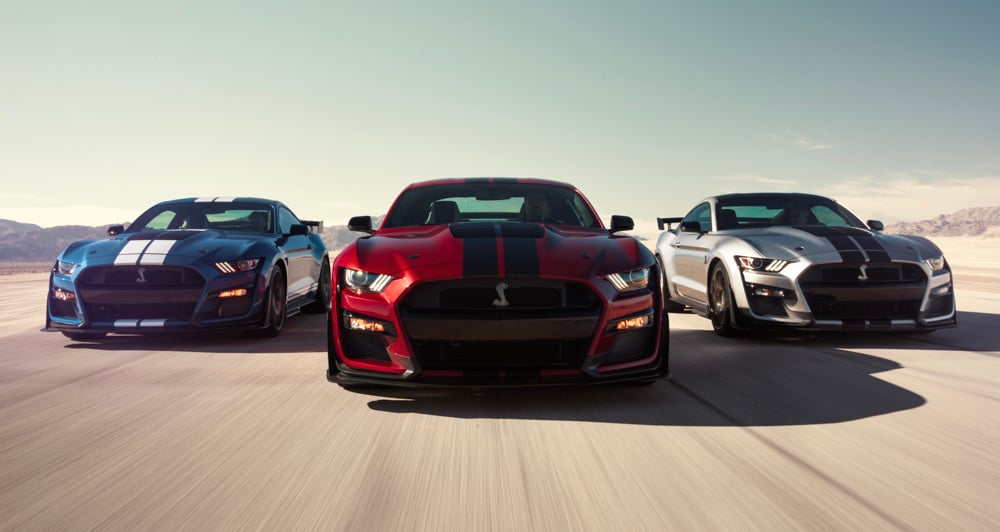
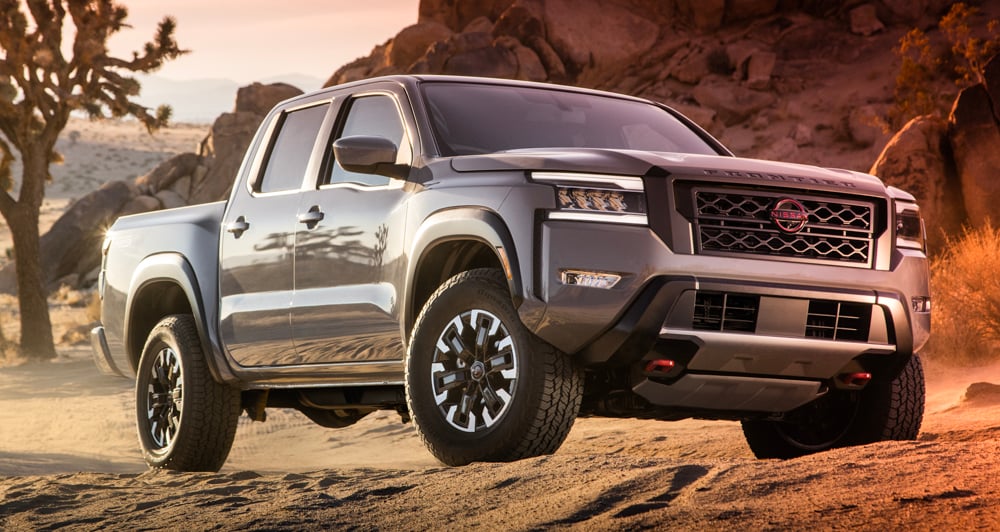
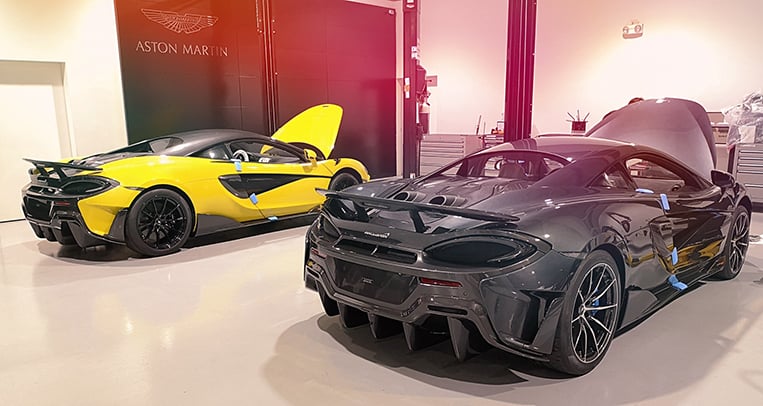
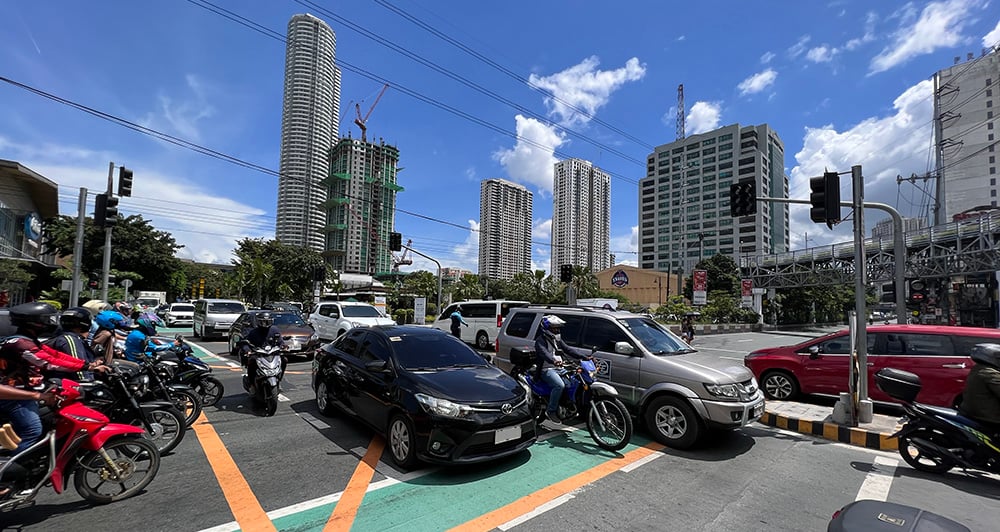
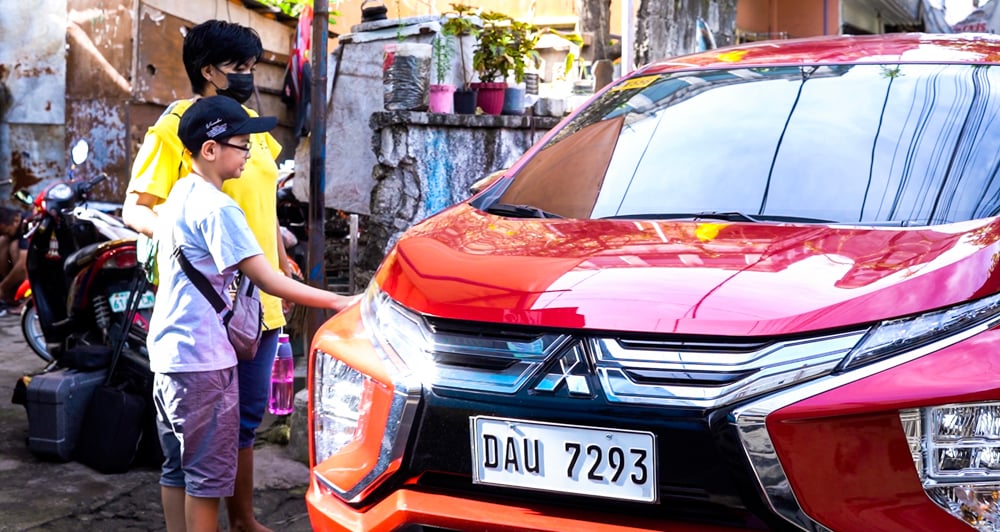
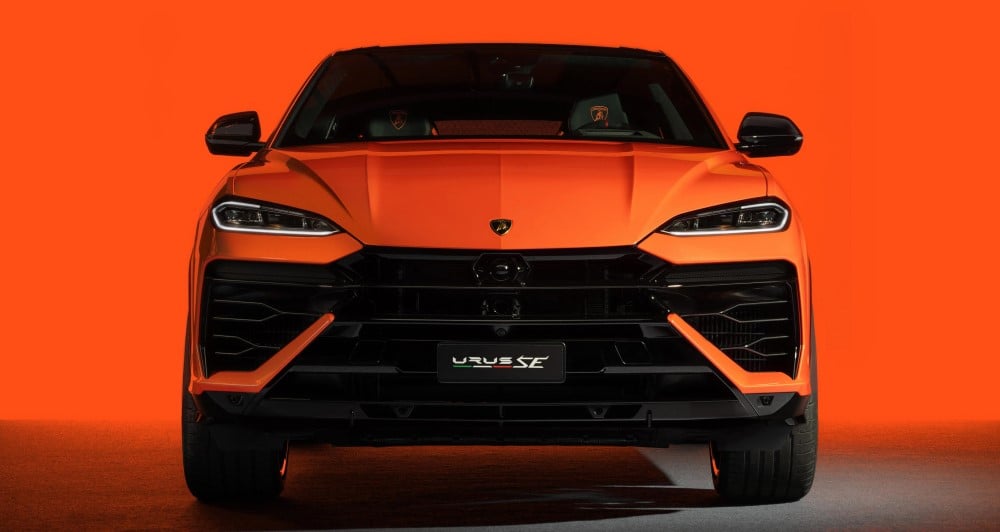
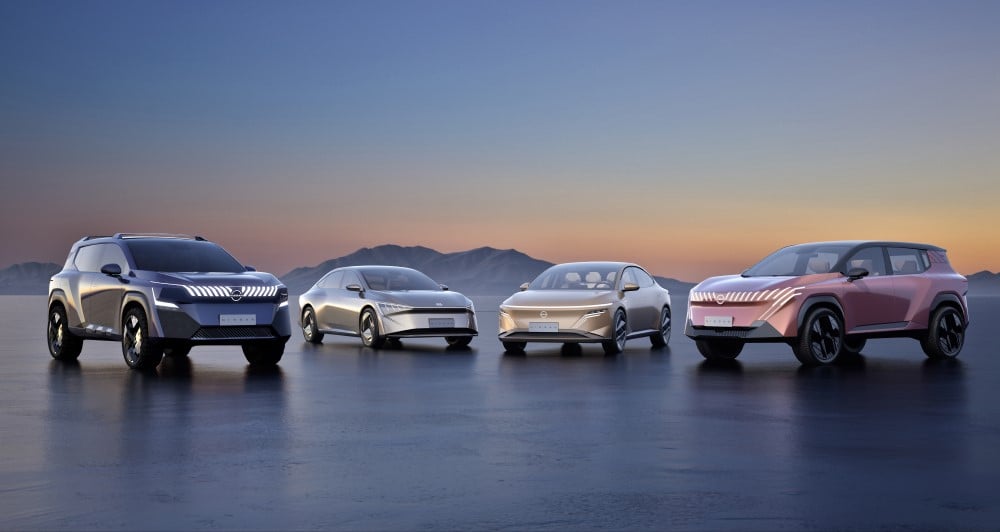
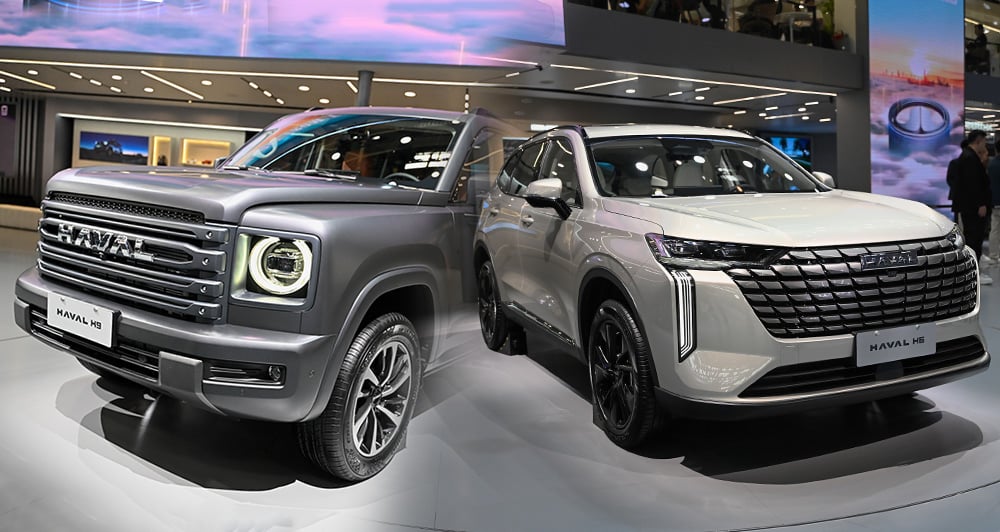


Comments